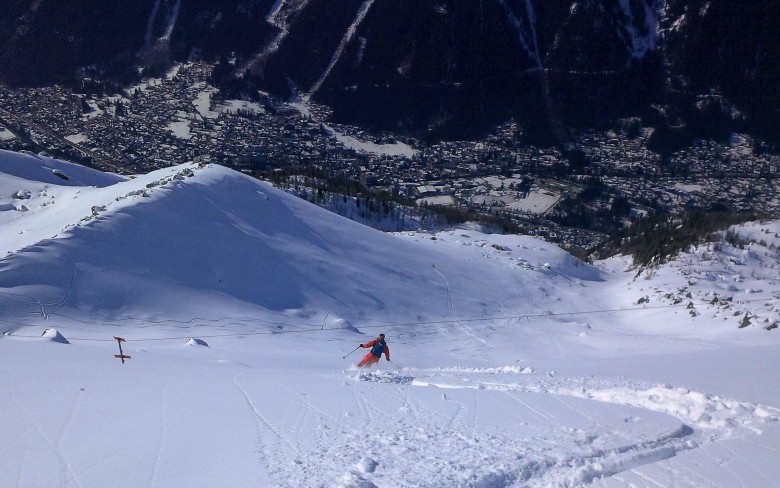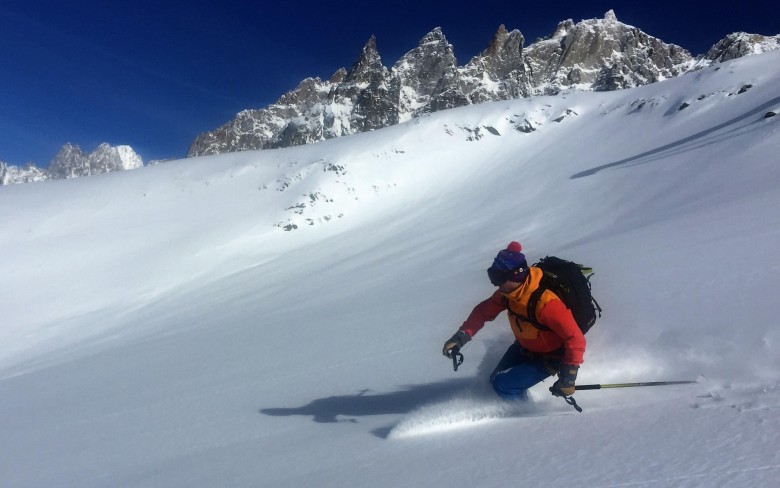- Home
-
Ski
For the best off-piste and ski touring holidays, find out more. View Trips
-
 Off-Piste
Off-PisteInspirational Off-Piste courses
-
 Ski Touring
Ski TouringGuided touring adventures
-
Avalanche Training
Learn awareness and safety skills.
-
-
Climb
World-class Alpine Mountaineering, find out more. View Trips
-
Alpine Mountaineering
Classic alpine summer adventures
-
 Via Ferrata
Via FerrataExhilarating, safe mountain adventure
-
 Ice Climbing
Ice ClimbingVertical Ice-fall adventure
-
-
Trek
A selection of the best Alpine treks, find out more. View Trips
-
 Alpine Glacier Trekking
Alpine Glacier TrekkingStunning high altitude trekking
-
 Worldwide Trekking
Worldwide TrekkingIncredible trekking journeys
-
- Private Groups








 Travel Website Development
Travel Website Development